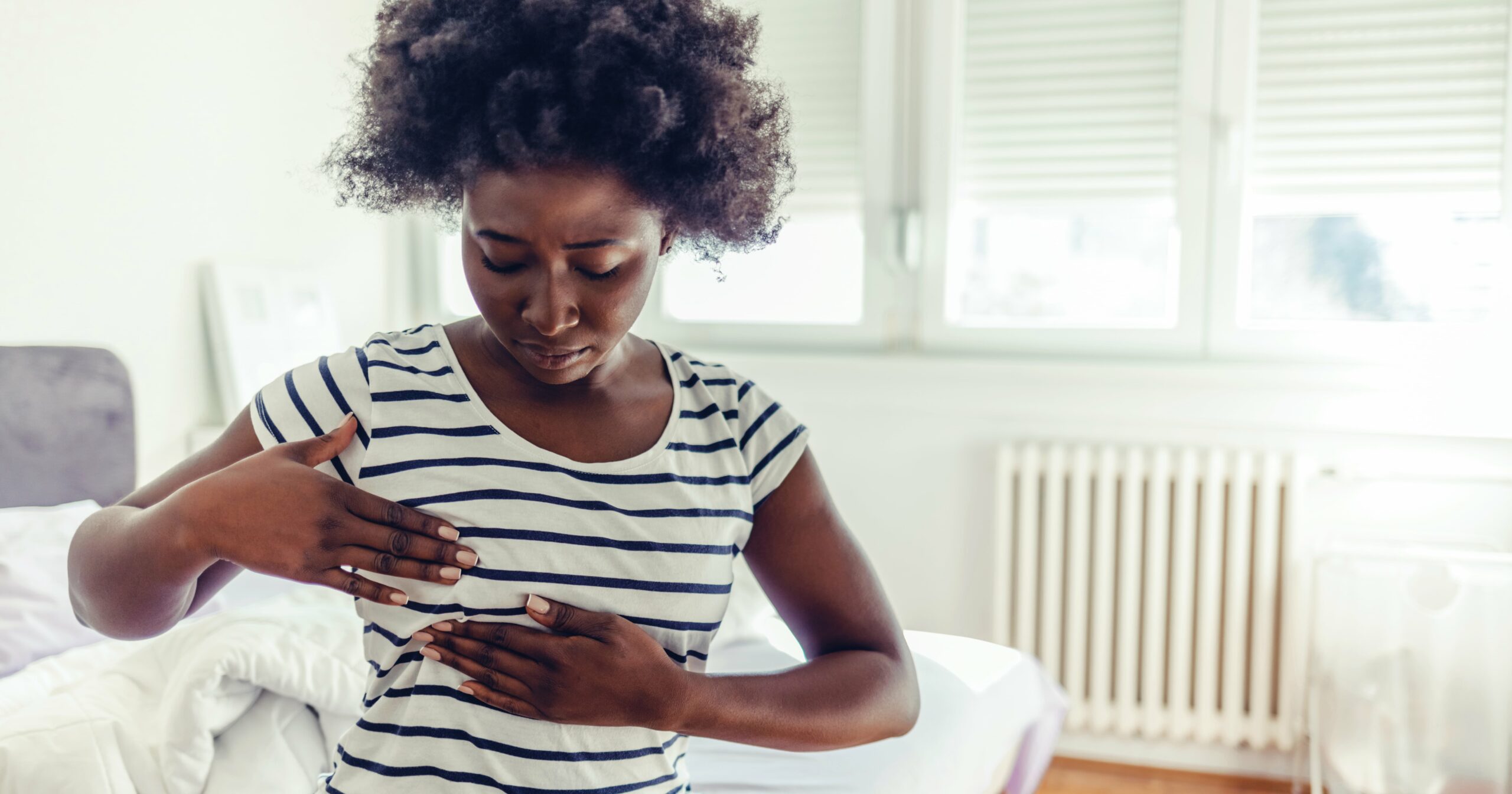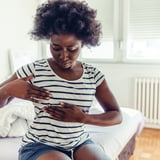The conversation around self breast exams has changed over the past few years, leaving people with breasts pretty confused. There was once a time when self exams were taught in doctor’s offices, but now they aren’t even mentioned during many appointments.
Public guidance around these exams is admittedly blurry, too. The American Cancer Society (ACS) does not specifically recommend that people do self exams. Instead, the ACS says online that research has not shown a clear benefit of doing regular physical breast exams, whether they’re conducted at home or by healthcare providers. The ACS also notes that there’s little evidence to suggest that the tests help detect breast cancer early when women and those assigned female at birth (AFAB) also get mammograms as recommended.
But the ACS also points out that most breast cancer is detected when a lump is found during everyday activities like bathing or getting dressed, noting that it’s important to be familiar with how your breasts normally look and feel.
Not sure what to think about self breast exams? You’re not the only one. Here’s what doctors have to say about them, plus how to actually do a breast exam on yourself.
Experts Featured in This Article:
Richard Reitherman, MD, is a radiologist and medical director of breast imaging at MemorialCare Breast Center at Orange Coast Medical Center in Fountain Valley, CA.
Avan Armaghani, MD is a medical oncologist at Moffitt Cancer Center’s Breast Oncology Department.
Austin Williams, MD, is an assistant professor in the department of surgical oncology at Fox Chase Cancer Center.
How Effective Are Self Breast Exams?
This is controversial, and there are a few reasons why. The big message from many public health organizations, including the ACS, is that self breast exams may cause false positive results, making women think that they have breast cancer when they actually don’t. This can lead to unnecessary testing, which can sometimes be invasive (think: biopsies), along with causing a lot of stress. Ultimately, the takeaway from these organizations is that self breast exams can cause more harm than good.
But some doctors argue otherwise, especially given the potential for early detection in those under 40. “Even if women follow American College of Radiology or The National Comprehensive Cancer Network guidelines, starting mammography before the age of 40 is not recommended unless there are increased risk factors,” says Richard Reitherman, MD, radiologist and medical director of breast imaging at MemorialCare Breast Center at Orange Coast Medical Center in Fountain Valley, CA. “Ten percent of all breast cancers occur in women under the age of 40.” In other words, self exams can be particularly helpful in catching cancer in younger populations.
Avan Armaghani, MD, a medical oncologist at Moffitt Cancer Center’s Breast Oncology Department, also says that self exams should be done monthly. “Usually one week following their period is the best time,” he says. “It is important that women are familiar with their breasts so that they are able to recognize when something feels or looks different.”
Dr. Armaghani stresses that self breast exams shouldn’t replace annual mammograms. “Women still should undergo annual mammogram screening starting at the age of 40,” he says.
Who Should Do a Self Breast Exam?
Everyone should perform these, says Austin Williams, MD, assistant professor in the department of surgical oncology at Fox Chase Cancer Center. “Any adult – women and men – should consider doing self breast exams in order to become familiar with their breasts so they can alert their healthcare provider to any changes that they may find,” he says.
How to Do a Self Breast Exam
“When performing a self breast examination, it is important to first visualize the breasts and look for any skin changes, redness, or rashes,” Dr. Armaghani says. Make sure to look for any changes in the nipple, like nipple inversion or nipple discharge.
The National Library of Medicine has very specific instructions on how to actually do a self breast exam. Here’s what the agency recommends:
- Place your right hand behind your head.
- With the middle fingers of your left hand, gently yet firmly press down, using small motions to examine the entire right breast.
- Feel your armpit as well (breast tissue goes into that area).
- Gently squeeze your nipple, checking for discharge.
- Repeat the process on your left breast.
Ultiamately, Dr. Reitherman says that there is a role for mammograms and self breast exams in breast cancer screening. “Screening mammography saves lives,” he says. “Breast self exams will also save lives for many women.”
Korin Miller is a writer specializing in general wellness, health, and lifestyle trends. Her work has appeared in Women’s Health, Self, Health, Forbes, and more.




